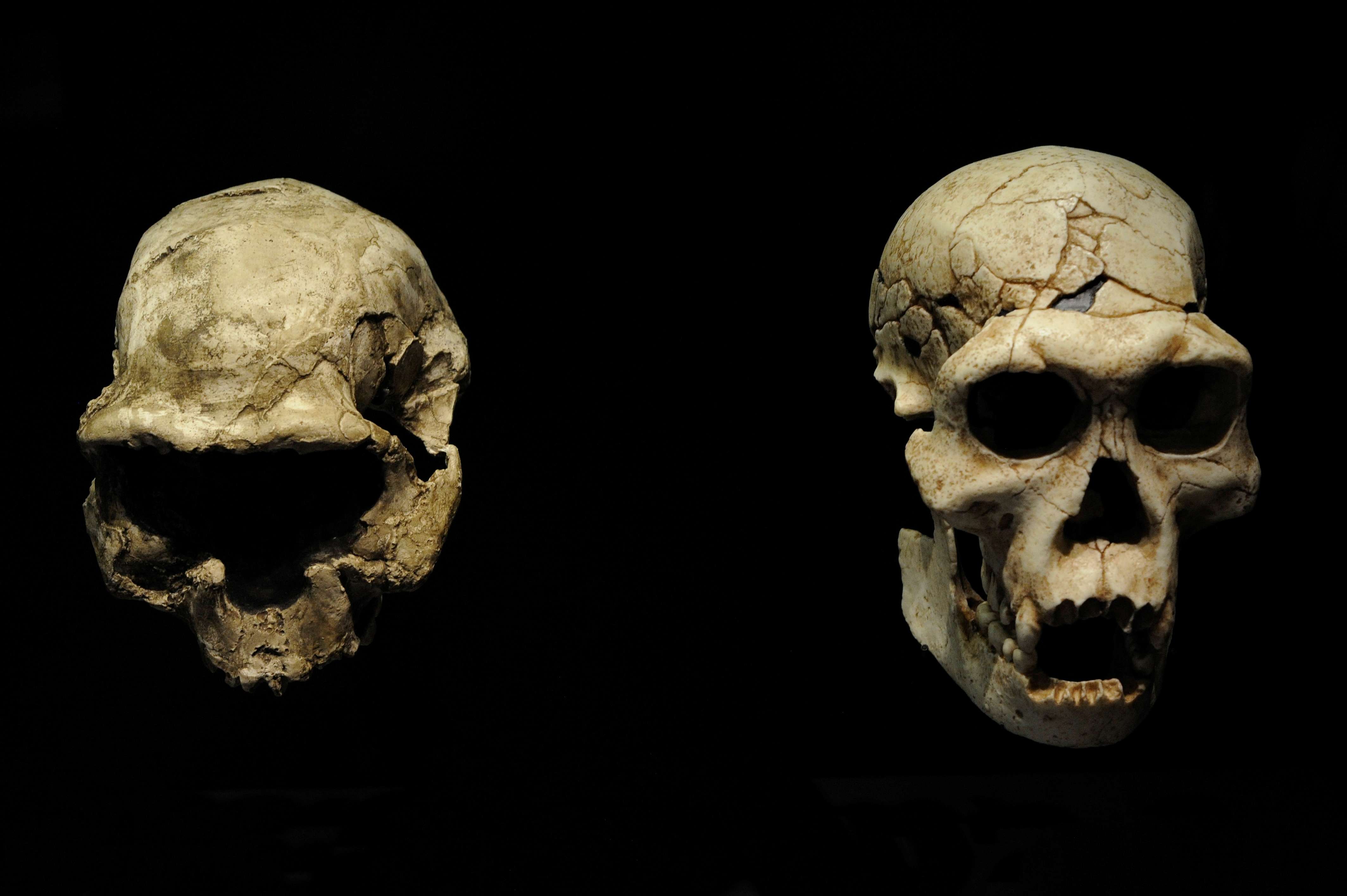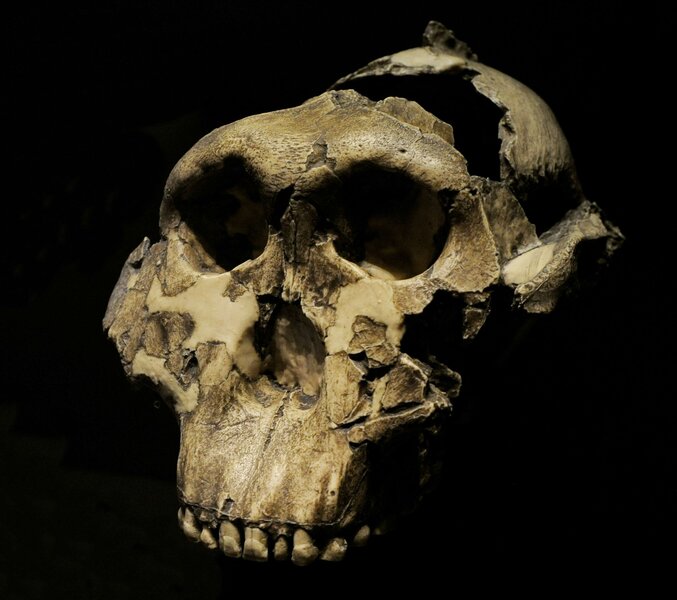Create a free profile to get unlimited access to exclusive videos, sweepstakes, and more!
Where did time hide the body? New human ancestor has surfaced without any bones

Human ancestors seem to be emerging in caves everywhere lately, but how can you tell ancient humans were ever there when you have no fossils?
It used to be that bones were the ultimate proof of anything that no longer exists having existed in the past. Anything fossilized can still help tremendously, but as evolutionary biologist Pere Galabert, who coauthored a study recently published in Current Biology, found out, a prehistoric piece of bone isn’t the only answer. He and his research team unearthed the 25,000-year-old DNA of a previously unknown human population in nothing more than mud.
This is a significant find because it proves, for the first time, that we can still discover new groups and species (human or otherwise) without any bones. If DNA can be detected floating around in the air, then it shouldn't be too surprising that it can be found in sediment. How exactly it ended up being chemically preserved and able to survive for so many millennia in Georgia’s Satsurblia Cave remains unknown.
“It is uncertain how the preservation happens,” Galabert told SYFY WIRE in an interview. “What we are assuming is that tiny, even microscopic, fragments of bone probably survived in the soil, and that these are basically what we found.”
Bones can decompose, depending on the climate and composition of whatever they are buried in, from the sands of Egypt to Siberian permafrost. Just the presence of bones doesn't necessarily mean any genetic material is there. DNA is notorious for degrading rather fast, and it won’t last long in bones that have succumbed to the ravages of time. Ancient DNA often has degraded in places. However, specimens such as Egyptian mummies have been preserved so well that their genes have been able to tell us many previously unknown things about them.
Without a body or even a visible piece of bone, it is shocking how much could be revealed about this Late Pleistocene individual using just disembodied DNA. Turns out Galabert was looking at a woman who lived during the last Ice Age. It was her mtDNA (mitochondrial DNA as opposed to nDNA or nuclear DNA) that told him so many secrets that had been lost to the past until now. Somehow, it was able to withstand years in the earth without disintegrating.
“Its survival is a matter of proportion,” he said. “We have about 100 or 1000 mitochondria per cell and each has multiple genomes, which means that the proportion of mtDNA to nuclear DNA is in a ratio of 10.000 to 1. We always obtain much more mtDA than nuclear because there are much more copies available.”
Perhaps the most important thing that Galabert and his team were able to dig up about this woman, at least from the fraction of her genome that they were able to piece together, was that she belonged to a group of early Homo sapiens (unlike some earlier Pleistocene species pictured above) that had remained undiscovered. This particular group no longer exists. They could, however, be distant relatives of humans who live in parts of Europe and Asia today. This was revealed when the woman’s genome was compared to genomes sequenced from current populations those areas.
Because the researchers already had a database of ancient European genomes from several different time periods, they were able to recognize certain characteristics that they had already studied. The differences that stood out were what told them that they had evidence of a new group. The genes of this group appeared close to another from Georgia who lived same time period, and whose remains were found in Dzudzuana Cave. Both are gone but not exactly extinct like Neanderthals and other more primitive Homo species.
“We prefer to say that the group is old, not extinct, as we have been able to identify genetic traces of this group in present-day Europeans, Galabert said. “Unfortunately, we cannot say much more except that the human lineage got diluted in present-day Europeans but somehow survived the Ice Age.”
Can you imagine being related to someone whose face you will never see? We all are. We just don’t know it.



























